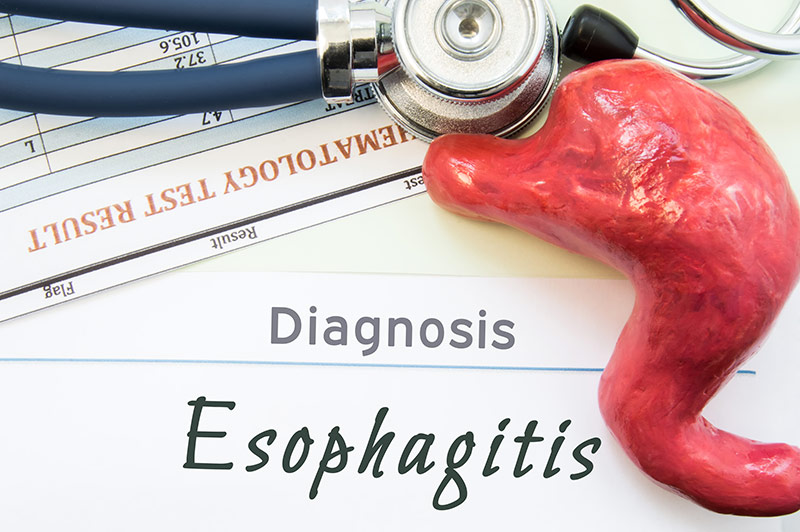Erosive Esophagitis Clinical Study
The Erosive Esophagitis Clinical Study at Elite Clinical Studies aims to advance understanding and treatment options for this condition, offering hope for improved healing, symptom relief, and enhanced quality of life for individuals affected by erosive esophagitis.
Current Clinical Studies
Erosive Esophagitis
Welcome to our comprehensive page dedicated to the Erosive Esophagitis Clinical Study at Elite Clinical Studies. If you’re dealing with the discomfort of erosive esophagitis, we’re here to provide you with essential information about this condition and how our pioneering research is focused on finding effective treatments for better healing and relief.
Understanding Erosive Esophagitis
Erosive esophagitis is a condition characterized by inflammation and damage to the lining of the esophagus, often caused by stomach acid repeatedly flowing back into the esophagus. This condition can lead to symptoms such as heartburn, pain or discomfort when swallowing, and regurgitation of acidic or sour-tasting substances.
Symptoms of Erosive Esophagitis
Heartburn: A burning sensation in the chest or throat.
Dysphagia: Pain or difficulty when swallowing.
Regurgitation: Backflow of stomach contents into the mouth.
Chest Pain: Discomfort or pain in the chest area.
Our Approach to Erosive Esophagitis Clinical Studies
At Elite Clinical Studies, we understand the impact of erosive esophagitis on your daily life. Our research and clinical trials focus on:
1. Advanced Treatments: We investigate innovative treatment options designed to heal the esophageal lining, alleviate symptoms, and prevent further damage caused by stomach acid reflux.
2. Personalized Care: We recognize that experiences with erosive esophagitis can vary. Our experts provide tailored care to address individual triggers and needs, ensuring an effective treatment plan.
3. Improved Quality of Life: Our studies aim to not only manage symptoms but also enhance overall well-being and comfort for individuals affected by erosive esophagitis.
Participate in Our Erosive Esophagitis Clinical Study
By participating in our erosive esophagitis clinical trials, you’re contributing to the advancement of medical knowledge and helping to shape the future of treatment options. Whether you’re seeking relief from persistent symptoms or are interested in contributing to scientific understanding, your involvement can make a meaningful impact.

